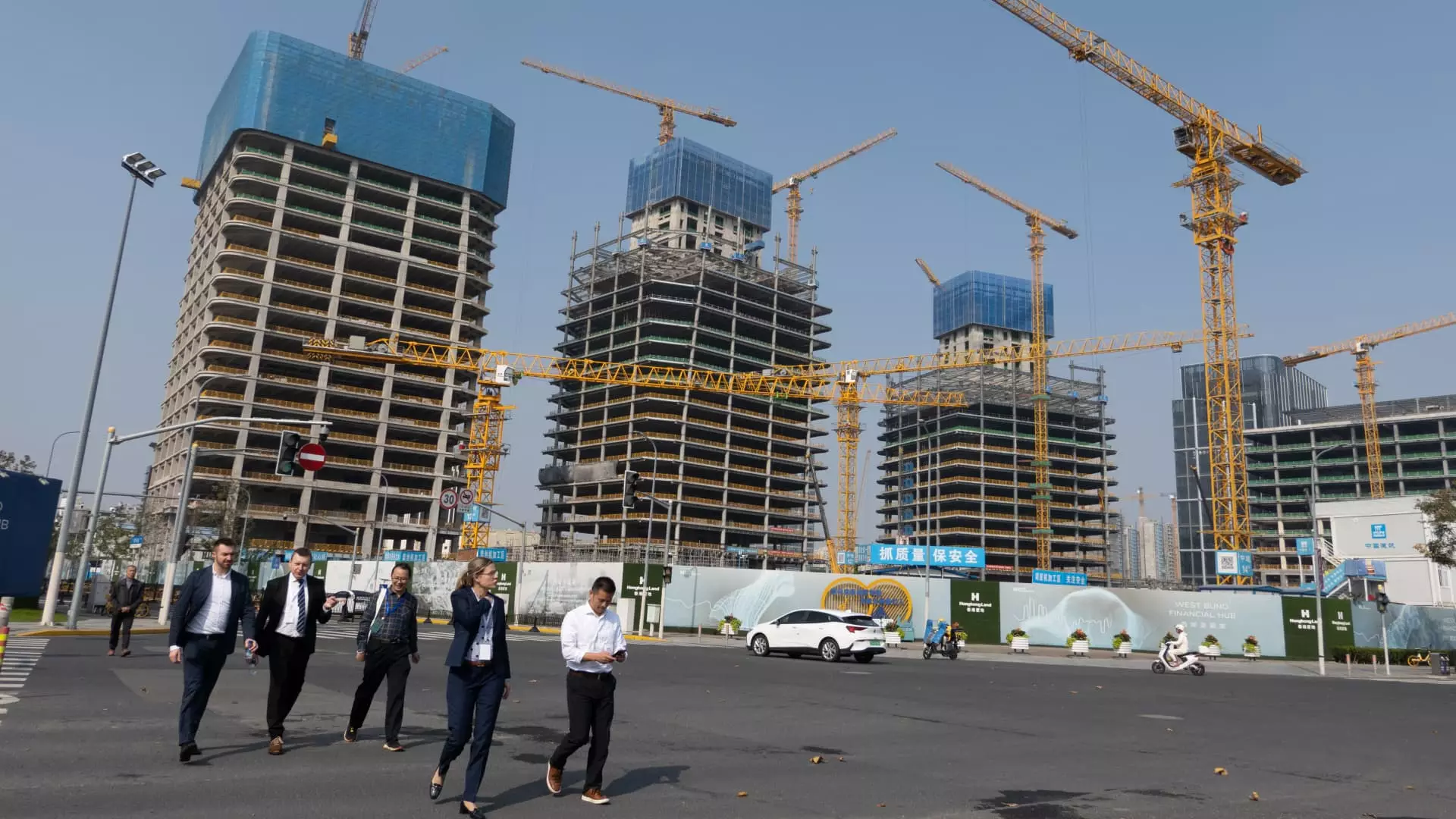In the backdrop of an economic landscape fraught with uncertainty, China is poised to reveal additional stimulus measures following a recent five-day parliamentary session. Since late September, the Chinese government has exhibited a proactive approach to economic revitalization, which has positively impacted the stock market. This shift in fiscal policy stems from a high-level meeting led by President Xi Jinping on September 26, where discussions centered around enhancing monetary and fiscal support, particularly in addressing the stagnation observed in the real estate sector.
The complexities of China’s governance structure mean that significant fiscal measures require the endorsement of the National People’s Congress (NPC). This legislative body plays a crucial role in approving increases in government spending and debt—critical tools for countering economic downturns. Notably, during a similar legislative session in October the previous year, the NPC sanctioned a notable rise in the deficit to 3.8%, up from 3%. With the NPC’s standing committee meeting approaching, experts speculate that further details concerning government debt expansion will emerge, revealing how local finance can be bolstered.
Global Influences on Domestic Policy
The geopolitical climate also plays a pivotal role in shaping China’s economic strategies. Following Donald Trump’s victory in the U.S. presidential election, which raises concerns over potential tariffs on Chinese imports, Chinese analysts predict a more aggressive approach to fiscal stimulus. However, there exists a voice of caution among economists advising that Beijing might adopt a more conservative stance, refraining from implementing consumer-focused support initiatives. This apprehension is echoed by Finance Minister Lan Fo’an’s recent statements emphasizing the imperative to resolve local government debt issues before embarking on broader fiscal support.
Local governments in China have faced mounting debt pressures, exacerbated by a prolonged downturn in the real estate market—a primary revenue source for many regions. The Covid-19 pandemic has further strained resources, compelling authorities to allocate funds towards public health measures while grappling with the associated costs of managing local governance. Recent discussions within the NPC have seemingly focused on strategies to alleviate some of this burden by reviewing proposals aimed at uplifting the quota on local government debt issuance.
Analysts from firms like Nomura have put the figure of China’s hidden debt at an alarming 50 to 60 trillion yuan (approximately $7 trillion to $8.4 trillion). In light of this, it is anticipated that Beijing could permit an increase in local government borrowing by an additional 10 trillion yuan in the coming years. Such measures could mitigate the financial strain on local authorities, potentially saving them around 300 billion yuan annually in interest payments. As China navigates the complexities of its fiscal situation, the effectiveness of its stimulus initiatives will be critical in shaping the future economic landscape, particularly in terms of enhancing local government resilience and stimulating overall growth in a post-pandemic environment.
While the expectation of enhanced fiscal support remains high, the interplay between local governance, national strategy, and global economic dynamics will determine the efficacy and nature of the anticipated stimulus.


Leave a Reply